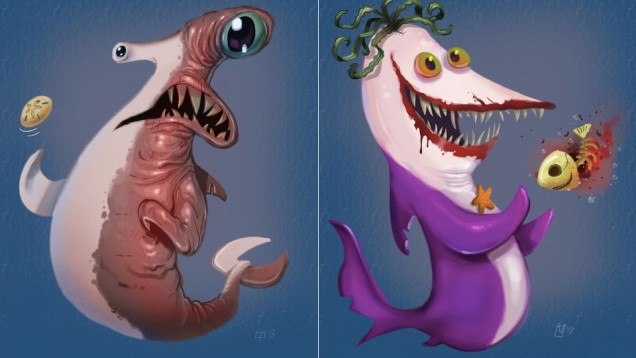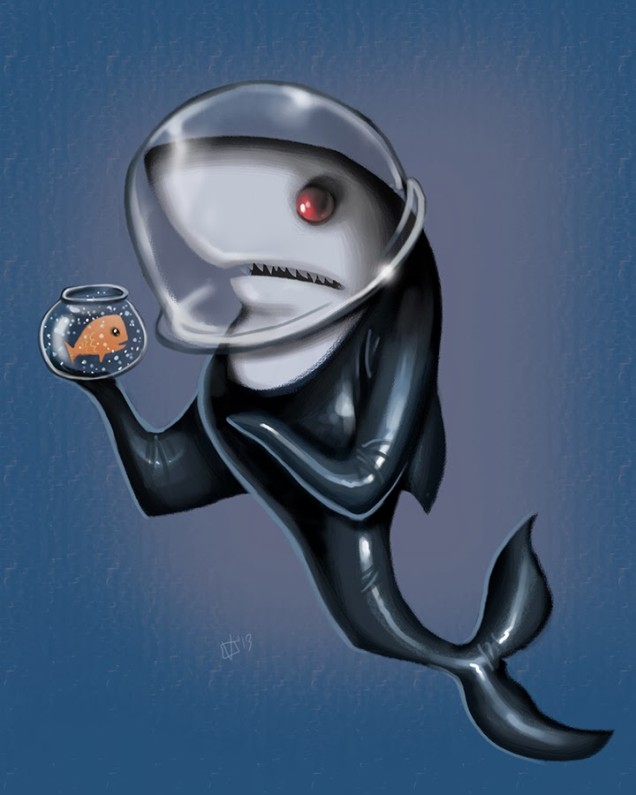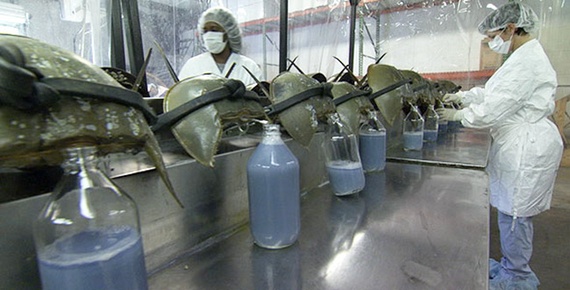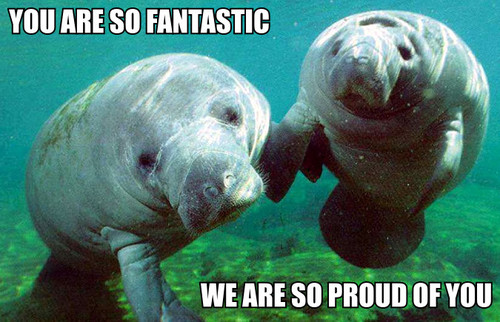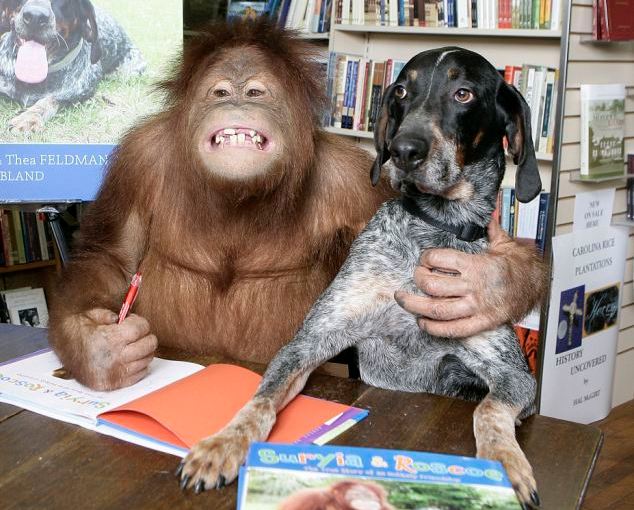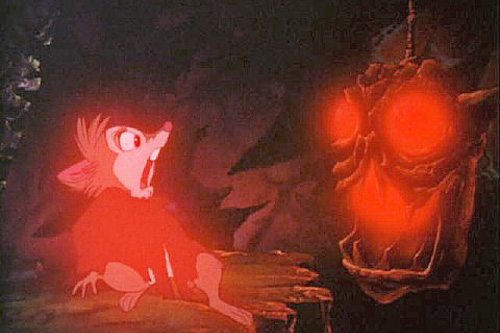
Sorry, Lenny: A new study finds a potentially problematic issue for decades of research: Mice are scared of men (or males of any species). ‘If you’re doing a liver cell study, the cells came from a rat that was sacrificed either by a man or a woman,’ Mogil says. As a result, ‘its stress levels would be in very different states.’ This, he says, could have an effect on the functioning of the liver cell in that later experiment.”

